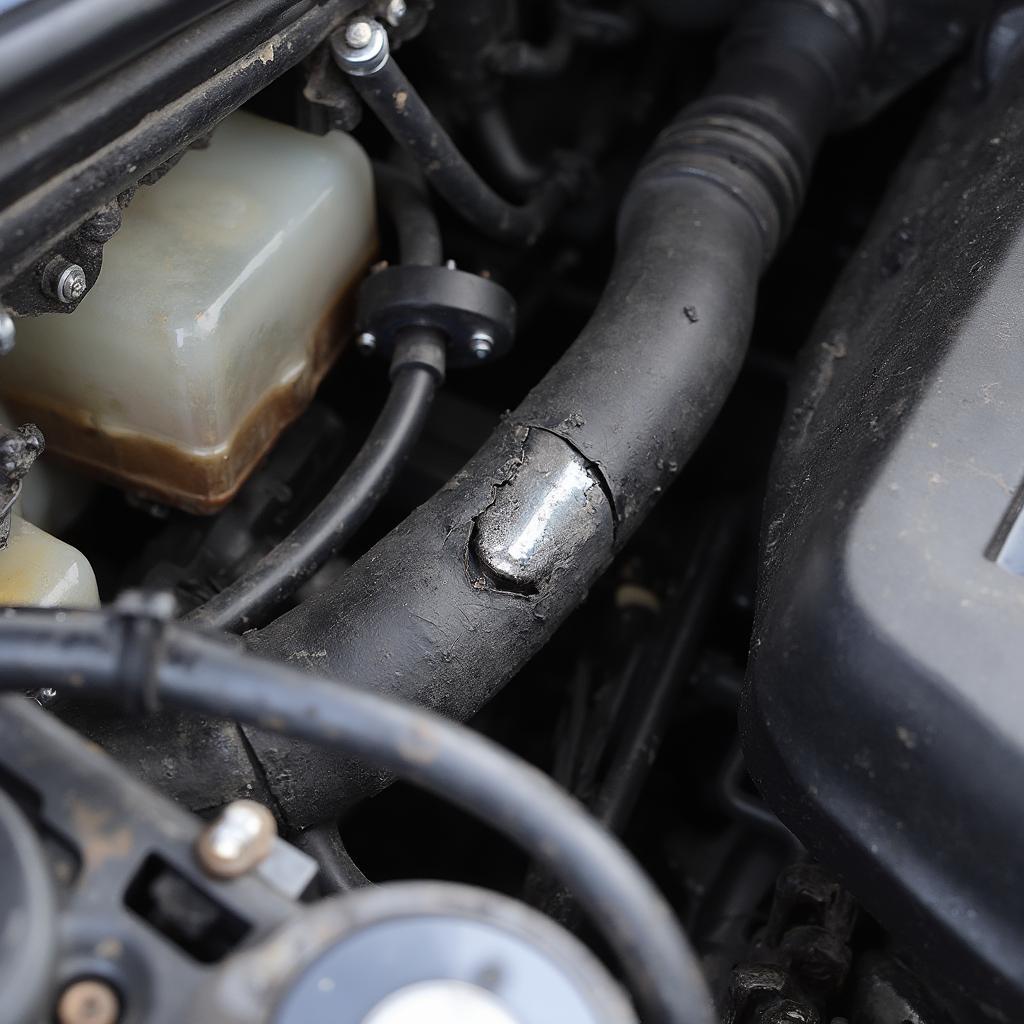Testing your car’s Evaporative Emission Control (EVAP) system with an OBD2 scanner is a crucial step in diagnosing and fixing emissions-related issues. This guide will provide you with a detailed understanding of how to test evap system with obd2 scanner, interpret the results, and address potential problems.
Understanding the EVAP System
The EVAP system prevents fuel vapors from escaping into the atmosphere. It captures these vapors and stores them in a charcoal canister, later purging them into the engine for combustion. A faulty EVAP system can lead to increased emissions, fuel odor, and even performance problems.
Why Test Your EVAP System?
Testing your EVAP system regularly can help you identify small leaks or malfunctions before they become major problems. This proactive approach can save you money on repairs and ensure your vehicle remains environmentally friendly. how to test evap impala 2008 from obd2 scanner provides detailed instructions for specific Impala models.
How to Test Your EVAP System with an OBD2 Scanner
Testing the EVAP system with an OBD2 scanner is relatively straightforward. Here’s a step-by-step guide:
- Locate the OBD2 port: This port is usually located under the dashboard on the driver’s side.
- Connect the OBD2 scanner: Plug the scanner into the port.
- Turn the ignition on: Turn the key to the “on” position without starting the engine.
- Access the EVAP system menu: Navigate through the scanner’s menu to find the EVAP system test option.
- Initiate the test: Select the test and follow the on-screen prompts.
- Interpret the results: The scanner will display any error codes related to the EVAP system.
Understanding EVAP System Error Codes
EVAP system error codes can provide valuable clues about the specific problem. For example, a P0440 code typically indicates a general EVAP system leak, while a P0455 code points to a large leak. You can find more information about specific codes, like obd2 po455, on our website.
Common EVAP System Problems
Several issues can cause EVAP system failures. These include:
- Loose or damaged gas cap: A faulty gas cap is a common culprit for EVAP leaks.
- Cracked or damaged EVAP lines: Inspect the lines for any signs of damage.
- Faulty purge valve: The purge valve controls the flow of fuel vapors into the engine.
- Clogged or damaged charcoal canister: The canister stores the fuel vapors until they are purged. obd2 scanner evap test provides a detailed guide on diagnosing and fixing these issues.
“Regularly checking your EVAP system with an OBD2 scanner is an essential part of car maintenance. It’s a small investment that can prevent costly repairs down the line.” – John Smith, Automotive Engineer
 A close-up image of a damaged EVAP line in a car's engine bay.
A close-up image of a damaged EVAP line in a car's engine bay.
Conclusion
Testing your EVAP system with an OBD2 scanner is a simple yet effective way to maintain your vehicle’s emissions system. By understanding how to test evap system with obd2 scanner and interpreting the results, you can identify and address problems early, saving yourself time and money. For more information on OBD2 codes, check out our resources on 1999 jeep obd2 codes and what’s the difference between banks on obd2.
Contact us for support via WhatsApp: +1(641)206-8880, Email: [email protected] or visit us at 789 Elm Street, San Francisco, CA 94102, USA. We have a 24/7 customer support team.